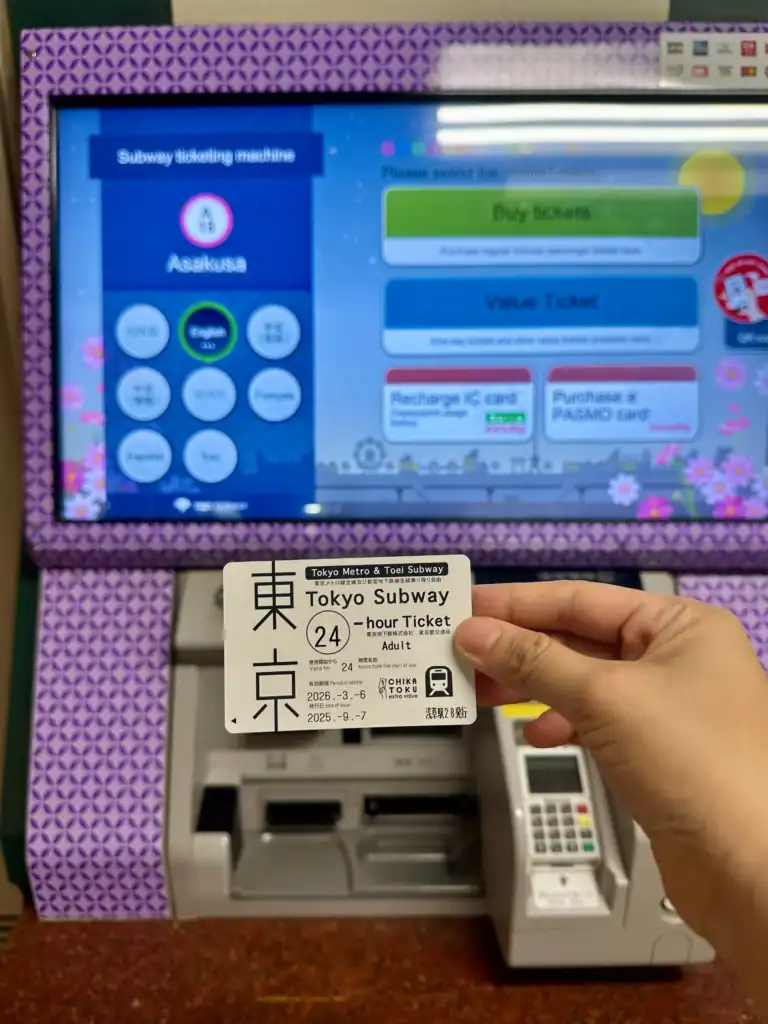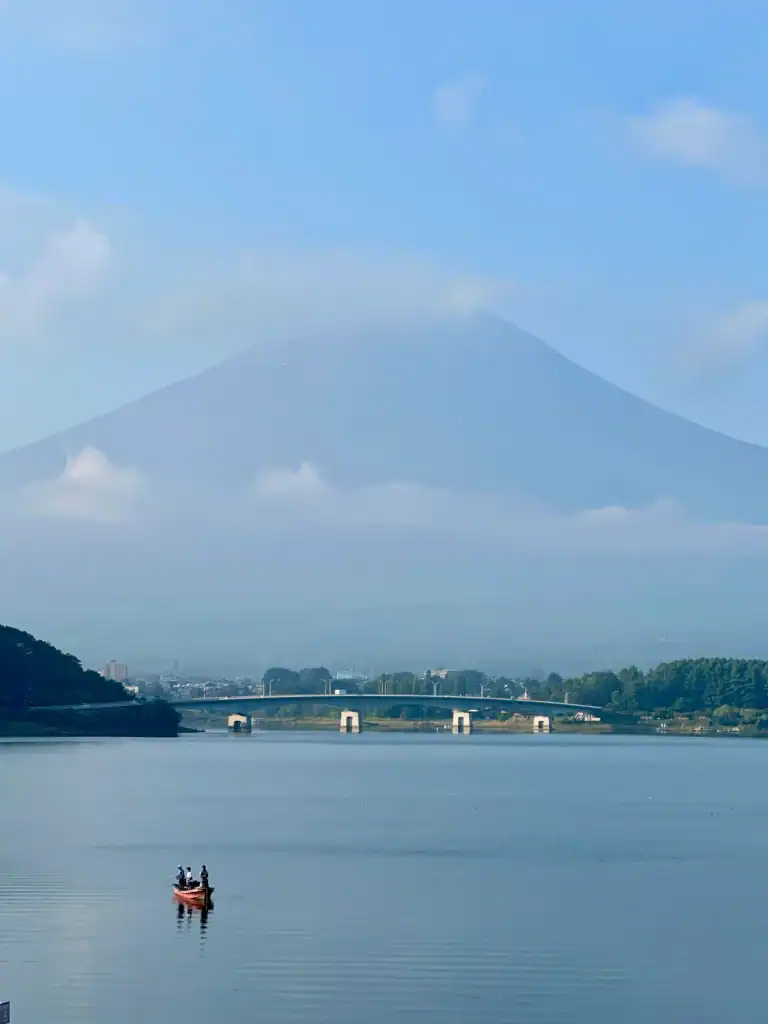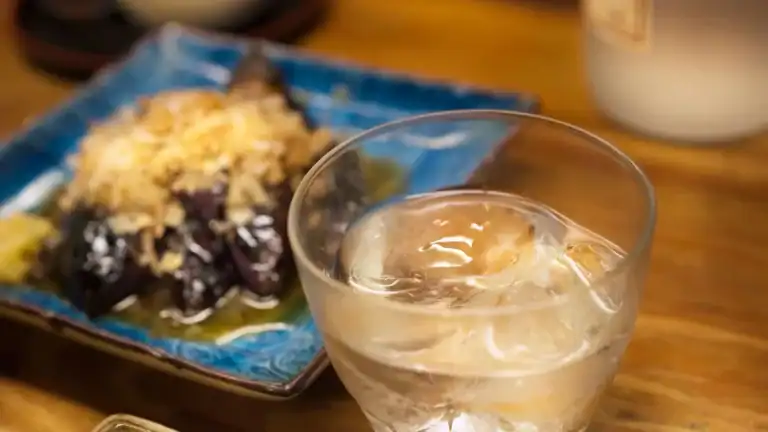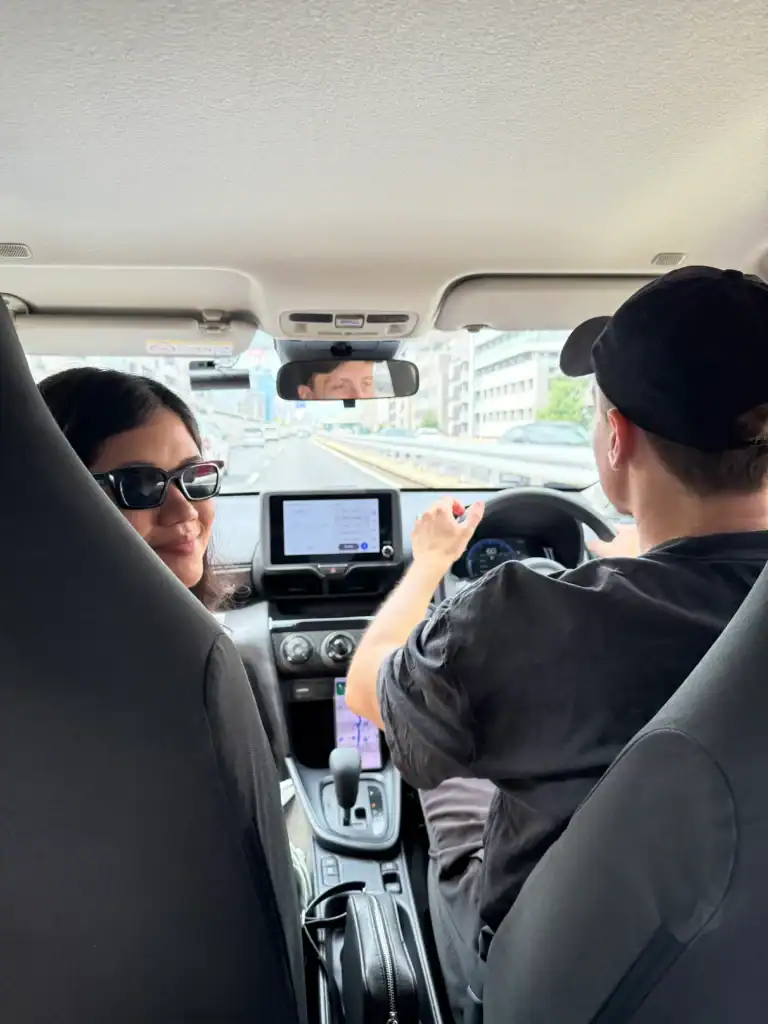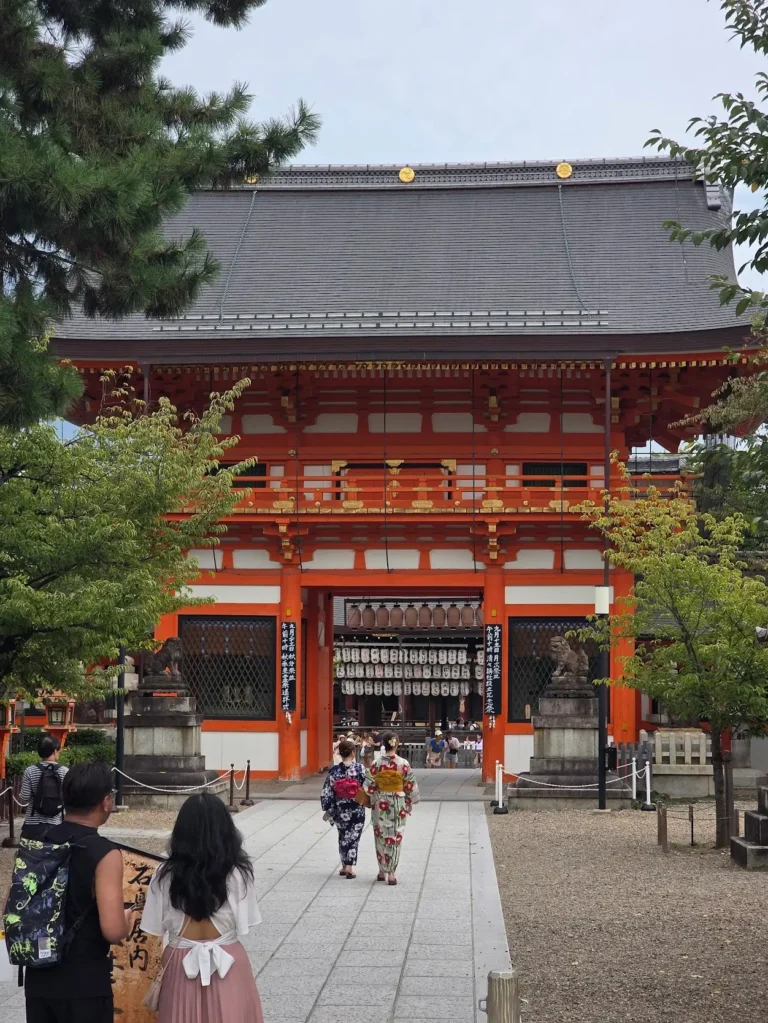Japan Road Trip Itinerary: Epic 8-Day Route Guide
Many first-time travelers worry about driving in Japan. You want simple directions, real timing, and a route you can trust. I built this Japan road trip itinerary after experiencing this loop myself, tracking actual drive times, fuel stops, and toll costs along the way.
I learned how crowded Tokyo roads feel on arrival days, how quickly weather shifts around Mt. Fuji, and how much time you save when you plan expressway exits ahead of each leg.
This guide follows the exact route I used from Tokyo to Kawaguchiko, Kyoto, Uji, Osaka, and back to Tokyo. It removes guessing because every step reflects real conditions, not theory.
You get the distances I recorded on the road, the stops that worked, and the parts I would adjust if I did the drive again.
You see what each day feels like in practice, so you know when to slow down or when to push ahead.
You learn how to handle tolls without stress, how rental pickups actually work in busy stations, and which stretches of highway need fuel planning. You also get notes on the mistakes I made so you avoid them.
If you want more prep, I link to the guides that helped me plan this loop, including renting a car in Japan, avoiding common travel errors, and choosing the right season for long drives.
What to Know Before Your Japan Road Trip

The first thing you need to know before starting this Japan road trip is securing the required documents. You will need an international driving permit and your home license.
An International Driving Permit allows foreign visitors to drive in Japan for up to one year. This limit applies even if your permit shows a longer validity.
You cannot use another permit until you have left Japan for at least three continuous months. Japan does not issue IDPs, so you must get yours before your trip. Japan accepts only permits issued under the 1949 Geneva Convention, so check your permit to make sure it meets this requirement.
You will use expressways often during this route. They save time but include tolls.
An ETC card helps you pass each gate without stopping, and your rental company will charge the total later. It is convenient and saves you from long lines at cash lanes.
Gas stations are common along highways and near towns. Staffed stations help if you are unsure about fuel types. Stop the engine, choose regular or high octane, and let staff assist if needed.
Road signs use clear symbols and English labels, which makes navigation simple. Speed limits appear often. Lane markings guide you through curves and tunnels. Online navigation works well, and offline maps help when your signal drops.
You can prepare further with helpful guides. You can read my Best eSIM for Japan guide if you rely on navigation apps.
Quick Tip: Your documents must be physical copies. Digital versions are not accepted. Many first-time travelers do not realize this and get turned away at pickup.
Day 1 – Tokyo Highlights

Your first day in Tokyo should feel easy and a little playful. You just arrived, so skip the rental car and explore by train. Start in Shinjuku, because it gives you a mix of calm spots, bright streets, and classic Tokyo chaos.
Walk through Shinjuku Gyoen National Garden for clean paths and quiet lawns. The entrance fee is small, and it is one of the best parks in the city.
After that, ride to the top of the Tokyo Metropolitan Government Building. The observatory is free and offers a panoramic view of Tokyo.
Before leaving the area, stop by the 3D cat billboard near the station. It is silly but fun to watch for a moment. You can also explore the giant Alpen store or visit the Sompo Museum to see a real Van Gogh sunflower painting.
In the afternoon, take the train to Asakusa. Sensoji Temple gives you a clear look at old Tokyo. The main path stays busy, but the side streets slow down. Walk through the shops, try a snack, and take your time. Asakusa feels different from Shinjuku and gives you a softer start to the trip.
In the evening, return to Shinjuku if you want nightlife. Golden Gai has tiny bars and good ramen. Kabukicho has bright signs, arcades, and a busy energy that changes from day to night.
Stay in central Tokyo so your Day 3 rental pickup stays simple. You also avoid long transfers while you are still settling in.
If you want ideas for this area, read my guides to the Best Area to Stay in Tokyo, Best Street Food in Tokyo, and Things to Do in Tokyo.
Day 2 – Akihabara and Shibuya Tech Culture Vibes

I suggest you still avoid driving on your second day. You still have plenty of places to explore by metro, and saving your energy now makes the long road trip ahead feel easier.
Start in Akihabara. The area is packed with anime shops, arcades, and gadget stores. Some shops feel huge at first glance, but keep in mind that the selection can vary.
Set your expectations that the English manga section was small and that merchandise was limited to one main floor. Even so, the staff stayed helpful, and the store was still fun to browse.
In the afternoon, head to Shibuya. Watch the famous crossing from street level. Visit the Hachiko statue. Wander through the surrounding streets for clothes, souvenirs, snacks, or a quick break at a cafe.
If you want to add something memorable to your day, a sushi-making class is a great choice. It gives you a break from the crowds and lets you learn a skill you can actually take home. You will appreciate how years of practice turn into one simple dish.
I tried one during my own trip, and it became one of my favorite Tokyo moments. You can read the full experience in my post, [I Tried the Best Sushi Making Class in Tokyo], and find out what the class is really like before you book.
Day 3 – Tokyo to Kawaguchiko

Pick up your rental car early. Leaving before the morning rush makes the drive out of Tokyo much smoother.
Once you reach the expressway, the traffic thins out and the city fades behind you. The drive takes about two hours, but it feels shorter once the scenery starts to change.
As you get closer to Yamanashi, the road opens up and Mt Fuji appears in the distance. It is one of those moments that makes the whole trip feel real.
Stop at Chureito Pagoda for your first close view of the mountain. The climb is worth it, and the view feels different depending on the light and clouds.
Continue to Lake Kawaguchiko for a slow walk along the water. The lakeside paths stay calm, and you can take photos without rushing.
Try a few lookout points around the lake, because the shape of Fuji shifts a little from each angle.
Stay the night in Kawaguchiko. Pick a hotel with a mountain view if you can. Waking up and seeing Fuji outside your window is one of the best parts of the trip.
If you need help choosing a place, you can check my guide to the [15 Best Kawaguchiko Hotels with Mt. Fuji Views] and find out which stays offer the clearest sunrise views, the best onsen rooms, and the easiest access to the lake.
Day 4 – Kawaguchiko to Kyoto via Scenic Drive

After a quiet night in Kawaguchiko and one last look at Mt Fuji in the morning, it is time to continue your route west. Leaving early keeps the roads calm and gives you enough time to enjoy the drive without rushing.
Leave Kawaguchiko in the morning so you can settle into the long drive before traffic builds. The route takes about four hours with a couple of short breaks.
Once you reach the expressway, the road opens up and the scenery shifts from mountain views to wide valleys. If you keep a steady pace, you will reach Kyoto by mid-afternoon.
Start with Yoshida Hill. The paths stay quiet, and the older buildings give you a gentle introduction to the city.
Continue to Kenninji Temple for wide halls and simple garden walks. Then stop at Yasaka Pagoda for photos and a slow walk through the surrounding streets.
End your day with a kaiseki dinner at Hanasaki Manjiro. The seasonal menu and calm atmosphere feel perfect after a long stretch of driving.
Day 5 – Zen in Uji

Drive from Kyoto to Uji in the morning. The trip is short, and the change in atmosphere feels immediate.
Start your day with a Zen session at Manpukuji Temple. The guided breathing and quiet spaces help you slow down after the long drive from the day before.
Spend the afternoon at Byodoin Temple. The main hall and garden paths stay beautiful in any season, and the area feels calm even when visitors gather.
You can also add a matcha-making class in Tokyo to balance the trip. It teaches you how fresh matcha is ground, sifted, and whisked, and it gives you hands-on practice with the tools you see throughout Uji.
Stay overnight in either Kyoto or Uji. Kyoto gives you more restaurants and nightlife. Uji offers a simple and quiet base if you want something slower.
If you want ideas for your evening or the next day, you can check my guides to [14 Cooking Classes in Kyoto You Will Love] and [15 Non-Touristy Things to Do in Kyoto for an Authentic Experience] to find activities that match your pace and interests.
Day 6 – Kyoto to Osaka

Leave Kyoto in the morning. The drive to Osaka takes about one hour, and the route is easy to follow with clear signs and steady traffic. You reach the city with plenty of time to explore, which makes this part of your Japan Road Trip Itinerary feel relaxed and uncomplicated.
Start in Dotonbori. The lights, street food stalls, and river views make it one of the liveliest areas in Osaka. Grab a quick snack and walk along the main strip.
After that, visit Kuromon Market for fresh seafood and small bites. It is a good place to try local flavors without committing to a full meal.
Head to the Umeda Sky Building in the afternoon for wide views of the city. The open-air deck gives you a simple and memorable look at Osaka from above.
If you want a theme park day, plan your Universal Studios visit for tomorrow. Staying in central Osaka keeps travel times short and makes it easy to move between neighborhoods.
Day 7 – Return Drive: Osaka to Tokyo (via Stop Options)
Start the return drive early. The route takes about six hours, and this long stretch is one of the main legs of any road trip Japan itinerary. You can split it into two days if you want a slower pace.
Stop in Hakone for hot spring areas and lake views. Visit Nagoya for food and quick museum stops. You can also choose a small rest town along the expressway for breaks and simple meals.
Keep the drive manageable with steady speed, short breaks, and clear navigation. Check your fuel levels often. Bring snacks and drinks. Watch for service areas because they have clean restrooms and fast meals.
If you want a comfortable stop along this route, you can check the Hakone Hotel. It sits close to the lake and makes a good break on the long drive back to Tokyo.
Use the code “GLADISAGODA” when you book Hakone Hotel on Agoda to enjoy a 5% discount.
Day 8 – Tokyo Wrap Up and Car Drop Off
Return your car in the morning. The process stays quick if you fuel up before you arrive. The staff usually checks the car, confirms the ETC charges, and you are done. It feels satisfying to close out your Japan Road Trip Itinerary with a simple drop off.
Use the rest of the day to visit any spots you missed earlier. Walk through a nearby district, pick up a few last-minute snacks, or explore small local streets at a slow pace. Keeping this day light helps you wind down after a full week on the road.
Head to the airport when it is time to leave, or continue exploring Japan if you plan to extend your trip.
Japan Road Trip FAQs
Is it safe to drive in Japan?
Yes. Roads stay well-marked and well-maintained. Drivers follow rules. Expressways keep traffic organized. You stay safe when you follow speed limits, use navigation, and rest during long drives.
Can you do this route in reverse?
Yes. You can start in Tokyo, drive to Osaka first, then move to Kyoto, Uji, and Kawaguchiko. Drive times stay similar. The loop remains efficient.
Is parking easy to find?
Yes, in most areas. Cities use paid lots with clear signs and automated machines. Tourist sites use large parking areas. You plan in busy districts so you avoid circling.
Do you need cash for tolls?
You can pay in cash at manual booths. An ETC card is easier. You pass gates faster and pay later through your rental company.
Can you drive in winter?
Yes in major regions. Roads stay clear. You need winter tires in snowy areas. You check weather before long drives.
Are navigation apps reliable?
Yes. Most apps show real time traffic and accurate directions. Offline maps help in tunnels and rural areas.
Can you rent a car without Japanese language skills?
Yes. Rental desks use English forms. Basic instructions stay simple. Navigation systems often include English menus.
If you need simple guidance on Japan travel insurance, you can read my [Do I Need Travel Insurance for Japan] guide to find out what coverage you may need for your trip.
Why a Japan Road Trip Is Worth It
A road trip in Japan gives you city energy, quiet lake views, open highways, and calm temples in one clean loop. You choose when to stop. You choose your pace. You take photos when the moment feels right. You also avoid crowded trains on long travel days.
Driving this route helped me reach places I would have missed if I relied only on public transport. The long distances felt manageable, and each day had a clear flow. It gave me freedom without losing structure.
Use this itinerary as a base. Adjust the days to match your style. Add small towns. Slow down in places you enjoy. This loop works well for first-time travelers because the roads stay simple, the signs stay clear, and the timing feels steady from start to finish.
Read More About Japan
- I Tried the Best Sushi Making Class in Tokyo
- The Best eSIM for Japan That Actually Worked for Me
- 10 Best Day Trips from Tokyo (That Are Actually Worth It)
- Is the Tokyo Metro Pass Worth It?
- 15 Best Kawaguchiko Hotels with Mt. Fuji Views
- 14 Of The Best Cooking Classes In Tokyo For Tourists
- 14 Cooking Classes in Kyoto You’ll Love
- 10 Fun and Authentic Cooking Classes in Osaka
- 15 Non-Touristy Things to Do in Kyoto for an Authentic Experience
- Do I Need Travel Insurance for Japan?
- The 2 Day Tokyo Itinerary You Won’t Feel Rushed

